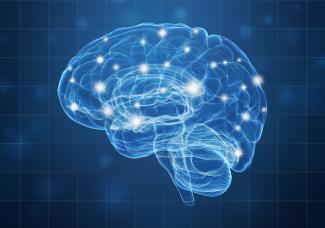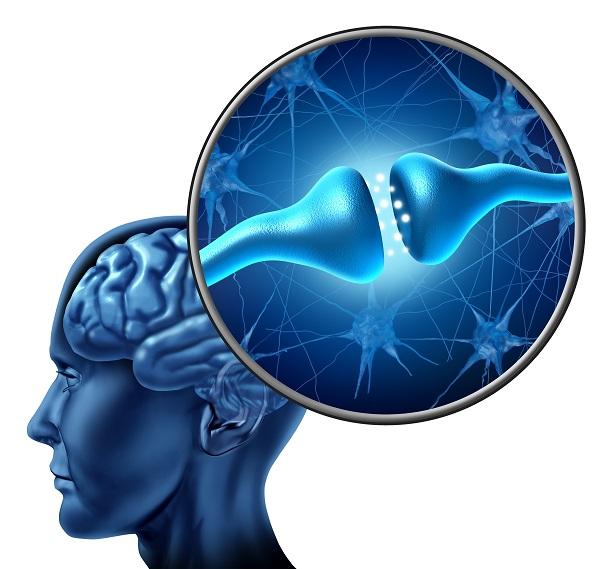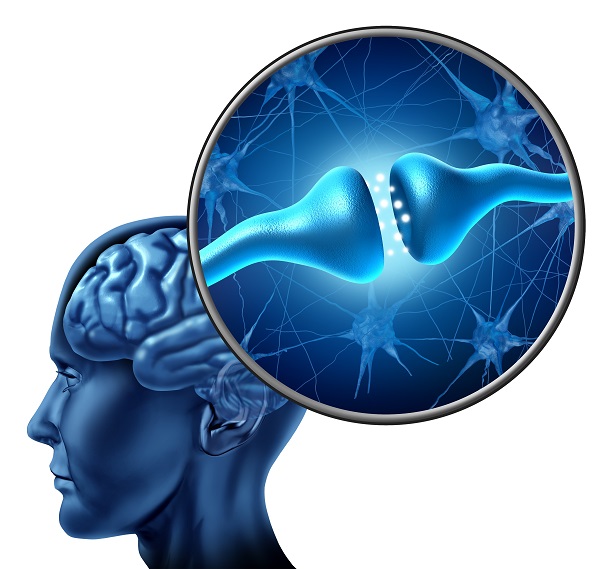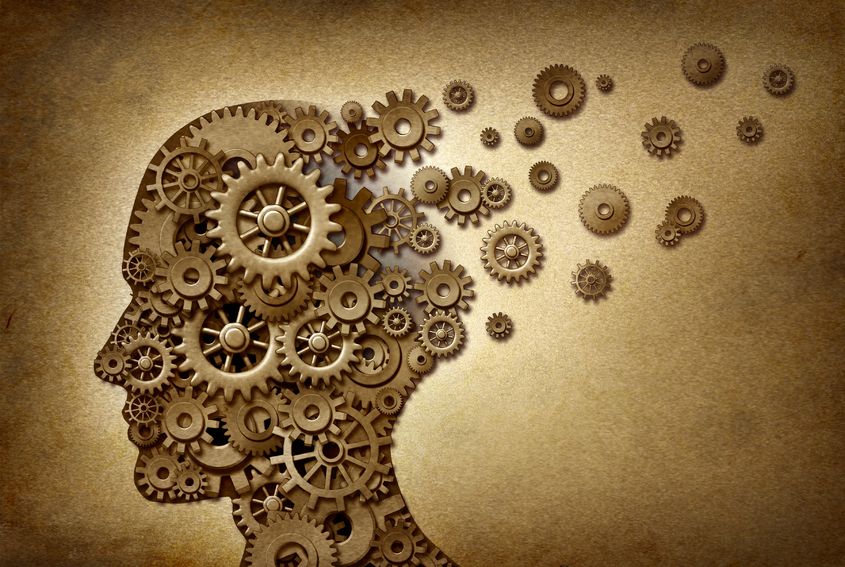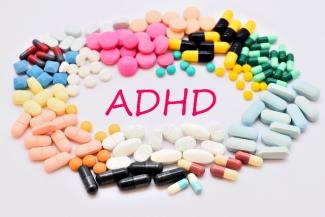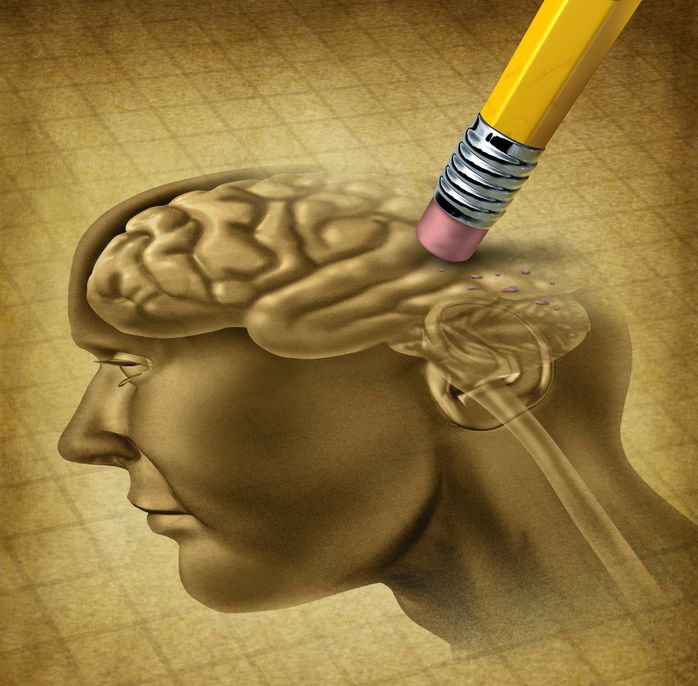Brain Health and How to Grow Neurons - An Evidence-Based Discussion
How to grow neurons - yes , you read that right! There is a protein produced and used in our nervous system that helps the neurons grow in our brain, which helps our brains work better, faster, stronger. In this article we talk about things we can do to help increase the levels of this protein, and the research behind it.
Exercise:
Your brain health and cognitive function are both important at every age and stage- whether you are a young adult studying in school, a multi-tasking parent raising a family, or retiring soon and want to age healthfully- your cognition matters! Strengthening your cognitive function should be part of your priorities no matter what generation you are a part of. We all know exercise is good for us- on so many different levels of health. We also all know exercise makes us stronger, faster. But did you know it can help your brain get stronger, faster and smarter? Did you know it can also help prevent + treat some forms of dementia? Let me explain.
Unfortunately, older adults are at an increased risk of developing dementia. There are approximately 36 million people worldwide suffering from different forms of dementia, and this number is projected to reach 80 million by the year 2050 (1).
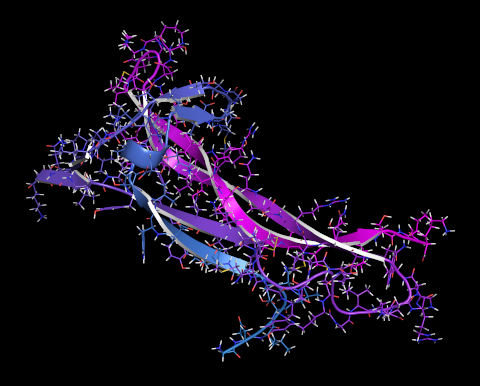
However, we can take action to keep our brains, as well as our bodies, healthy for longer - hooray for preventative medicine! One action we can take is, literally, action: exercising! Let’s dive into the details of how exercise works out your brain!
Aerobic exercise (walking, running, swimming, cycling, interval training and the like) has shown to increase the expression of a type of protein in our nervous system that helps our brain work at its best. This protein is called “Brain Derived Neurotrophic Factor” ( BDNF ). BDNF helps to improve our brain health and function because it promotes neuron growth, strengthens neuronal connections and plasticity , and promotes angiogenesis(2) (a fancy word for new growth of vasculature , meaning it leads to increased blood supply to parts of our brain). The increased blood supply is of benefit as blood carries oxygen to help fuel the brain tissue so it can do its best job. BDNF helps with memory and cognition (1). It works in the parts of the brain that are responsible for learning, memory and higher cognitive functions (1). BDNF helps to form memories, and helps our brain work better through stimulating neuron growth, function, and strengthening existing neurons and their connections (1). Low levels of BDNF have been found in (this is not an exhaustive list):
- Depression (3)
- Parkinson’s (3)
- Alzheimer’s (1)
- Chronic Sleep Deprivation (1)
- Stress (1)
- Sedentary lifestyle: In an animal study where leg use was restricted for over 28 days, which can be interpreted as simulating decreased activity and a more sedentary lifestyle, there was a 70% decrease in neural stem cell growth.(4)
In research done on healthy populations, aerobic exercise has shown to increase levels of BDNF (5). The increase in BDNF due to aerobic exercise has also shown to be of possible benefit to people with neurological disorders (5). Of particular importance- there appears to be a dose response relationship with increases in BDNF and the improvements seen from exercise. This means that the amount of increase in BDNF and the improvements in cognition seen were increased when there were more days of exercise (6). In short- more exercise= more improvements, and not enough exercise= very little improvement (6). The study on this relationship showed that programs of aerobic exercise performed 2-3 times per week had little effect on BDNF levels, but that the same intervention performed 4–7 times/per week significantly increased levels of BDNF (6). Another wonderful motivation to help us stay consistent with exercise. Now, let’s pause and recap:
We see that BDNF is low in certain disease states, and can be increased with certain things like exercise. We also know BDNF can help our brain health and cognitive function based on how it works in our body. That’s great for healthy people – let’s get to exercising our bodies and brains! However, we want to know if it means that the increased levels of BDNF also confer an improvement in function in people with dementia. According to literature, it does. One study found that higher peripheral BDNF levels protected older adults against Alzheimer’s(1). Another study found that levels of BDNF were as low in depression as they were in Parkinson’s(3). This study went on to show that exercise is associated with increased BDNF, as well as improved motor function in people with Parkinson’s (3), and found that exercise could be a useful tool to treat both the depressive symptoms and movement dysfunctions in people with Parkinson’s(3). Aerobic exercise has shown improvements in walking, functional ability, motor performance and cardiorespiratory fitness levels in people with neurological diseases (5). Another study also stated that the improved cognition from physical exercise is attributed to an increase in BDNF, and that the increase in BDNF provides a protective effect against age related cognitive decline(7).
OK great- we can exercise and stay consistent with exercise to improve our health in so many ways- including improving our brain function. However, exercise is not the only lifestyle factor that has shown to help improve BDNF levels and cognition. There are other things that have been shown to enhance BDNF, from different lifestyle factors to mushrooms. Let’s take a look:
Socializing
Social activity has also shown to increase BDNF levels and improve cognition - reducing the risk for dementia (7). A reduction in social activity- specifically loneliness- has actually shown to have an increased risk of developing Alzheimer’s Dementia (7). Research shows there is a relationship between frequent social activity and improved cognitive function (7). In fact, in a study done on mice, BDNF increased with social interaction – which lead to a reversal of memory deficit (7).
Lion’s mane Mushroom

Lion’s Mane Mushroom – hericium erinaceus- contains compounds that have shown to increase BDNF levels, as well as Nerve Growth Factor (NGF) levels (8). NGF is important for brain health as it helps produce myelin. Myelin makes up the coating around nerves and helps the nerves communicate properly. In rodent studies, lion’s mane extract showed protective effects against neuronal cell death in rats with ischemic stroke, parkinson’s, alzheimer’s, and depression (9). In rats with neuropathic pain, lion’s mane extract enhanced nerve regeneration and helped in the recovery of function (9). In a human study (randomised double-blind placebo controlled trial), the participants who took lion’s mane extract exhibited improvements in cognitive ability (8).
Before you run out and grab lion’s mane from your local health store, it’s important to remember that not all natural products are for everyone, and of equal importance: that not all products are created equally. Talk to your Naturopathic Doctor, they will make sure the product is right for you, and they will be able to have access to high quality professional products and herbs for you, or at least guide you to the right one, so that you aren’t taking disreputable products with possibly no effect or ill effect. Some studies show some other food sources and supplemental sources for increasing BDNF. Talk to your Naturopathic Doctor.
Meditation
Has transcendental meditation, consisting of chanting for 20 minutes a day, twice daily , shown to increase BDNF levels, and lower cortisol levels? Yes (1). Are you going to start off your first day of meditation this way? Probably not. Never fear – the research on this proposed that it was likely the lowered cortisol levels from this meditative practice that may have been what had an impact on the level of BDNF (1). What does this mean? Well, since cortisol is our main stress hormone, this could highlight the importance of stress management. It also means we can use the other more beginner-style meditative practices that have also shown to reduce cortisol levels, such as mindfulness meditation (10).
Pharmaceuticals
Finally, some pharmaceuticals used in the treatment of some types of dementia and/or depression work by way of enhancing the levels of BDNF, among other things.
Take Home Points - the quick and dirty on this article:
- Exercise is once again proving to be good for us, body and mind.
- BDNF is a protein in our nervous system that contributes to the health and growth of our neurons and brain, and more of it leads to improved cognitive function.
- Doing things that increase our levels of BDNF not only improve our cognitive function, but can act as a protective effect against disease and dysfunction in the brain, and this acts as preventative medicine.
- Exercise (ideally 4-7 times per week), socializing and stress management are three important factors in maintaining and increasing BDNF levels for brain health.
- Lions Mane Mushroom extract is also effective at increasing BDNF , NGF and improving cognition: but, talk to your Naturopathic Doctor first.
References:
(1) Ng TKS, Ho CSH, Tam WWS, Kua EH, Ho RC. Decreased Serum Brain-Derived Neurotrophic Factor (BDNF) Levels in Patients with Alzheimer's Disease (AD): A Systematic Review and Meta-Analysis. Int J Mol Sci. 2019;20(2):257. Published 2019 Jan 10. doi:10.3390/ijms20020257
(2) de Azevedo KPM, de Oliveira Segundo VH, de Medeiros GCBS, et al. Effects of exercise on the levels of BDNF and executive function in adolescents: A protocol for systematic review and meta-analysis. Medicine (Baltimore). 2019;98(28):e16445. doi:10.1097/MD.0000000000016445
(3) Farzneh Rahmani, Amene Saghazadeh, Maryam Rahmani, Antonio L. Teixeira, Nima Rezaei, Vajiheh Aghamollaii, Hassan Eftekhar Ardebili. Plasma levels of brain-derived neurotrophic factor in patients with Parkinson disease: A systematic review and meta-analysis. Brain Research.Volume 1704.2019.Pages 127-136.ISSN 0006-8993.https://doi.org/10.1016/j.brainres.2018.10.006.
(4) Deborah, Chiaramonte Raffaella, Bottinelli Roberto, Canepari Monica, Bottai Daniele. Reduction of Movement in Neurological Diseases: Effects on Neural Stem Cells Characteristics.Frontiers in Neuroscience. 12(336). 2018. DOI=10.3389/fnins.2018.00336 https://www.frontiersin.org/article/10.3389/fnins.2018.00336
(5) Mackay , C.P., Kuys, S.S., Brauer, S.G. The Effect of Aerobic Exercise on Brain-Derived Neurotrophic Factor in People with Neurological Disorders: A Systematic Review and Meta-Analysis. Hindawi. Neural Plasticity.Volume 2017, Article ID 4716197, 9 pages . https://doi.org/10.1155/2017/4716197
(6) K. Knaepen, M. Goekint, E. M. Heyman, and R. Meeusen, “Neuroplasticity – exercise-induced response of peripheral brain-derived neurotrophic factor: a systematic review of experimental studies in human subjects,” Sports Medicine, vol. 40, no. 9, pp. 765–801, 2010
(7) Miranda M, Morici JF, Zanoni MB, Bekinschtein P. Brain-Derived Neurotrophic Factor: A Key Molecule for Memory in the Healthy and the Pathological Brain. Front Cell Neurosci. 2019;13:363. Published 2019 Aug 7. doi:10.3389/fncel.2019.00363
(8) Chiu, C.-H.; Chyau, C.-C.; Chen, C.-C.; Lee, L.-Y.; Chen, W.-P.; Liu, J.-L.; Lin, W.-H.; Mong, M.-C. Erinacine A-Enriched Hericium erinaceus Mycelium Produces Antidepressant-Like Effects through Modulating BDNF/PI3K/Akt/GSK-3β Signaling in Mice. Int. J. Mol. Sci. 2018, 19, 341.
(9) Li IC, Lee LY, Tzeng TT, et al. Neurohealth Properties of Hericium erinaceusMycelia Enriched with Erinacines. Behav Neurol. 2018;2018:5802634. Published 2018 May 21. doi:10.1155/2018/5802634
(10) Turakitwanakan W, Mekseepralard C, Busarakumtragul P.
Effects of mindfulness meditation on serum cortisol of medical students.J Med Assoc Thai. 2013 Jan;96 Suppl 1:S90-5.


